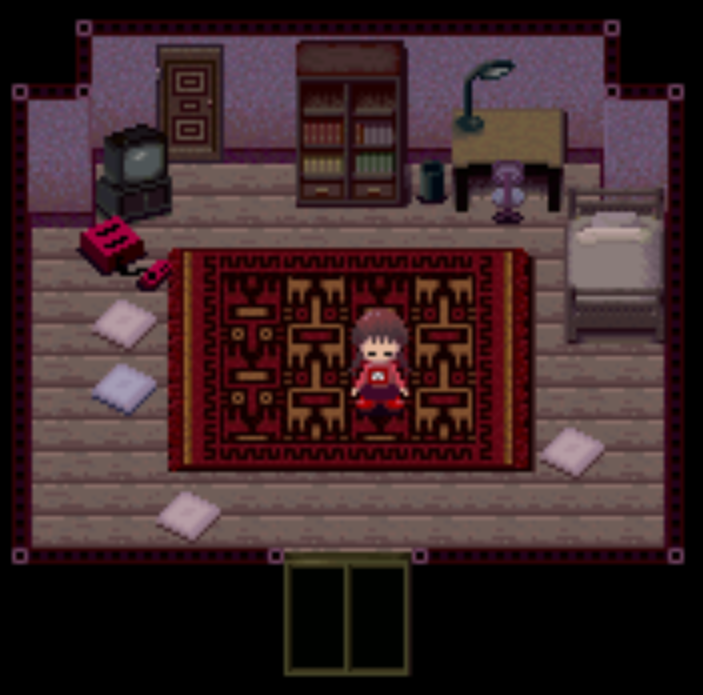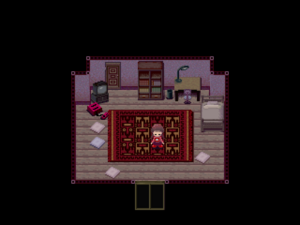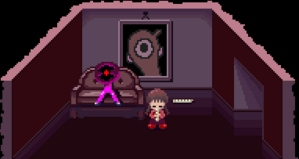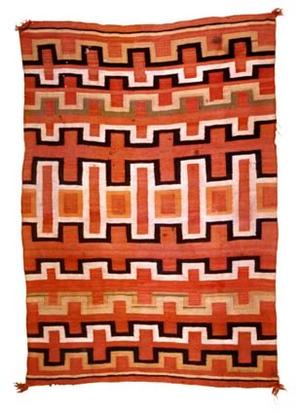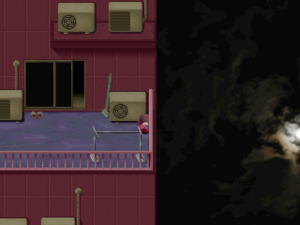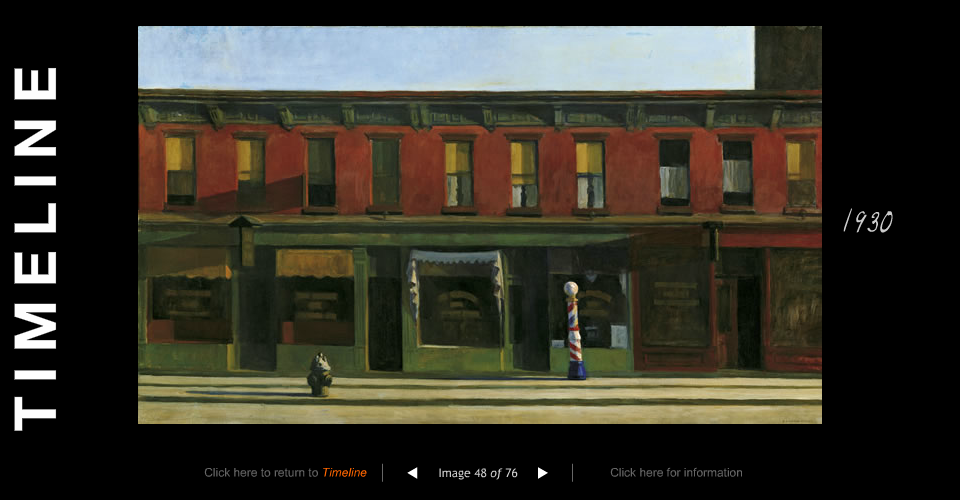>Mt.kiki No edit summary |
>Mt.kiki No edit summary |
||
| Line 47: | Line 47: | ||
== [[Madotsuki's Room]]([http://en.wikipedia.org/wiki/Native_Americans_in_the_United_States Native Americans in the United States]) == | == [[Madotsuki's Room]]([http://en.wikipedia.org/wiki/Native_Americans_in_the_United_States Native Americans in the United States]) == | ||
| Line 90: | Line 91: | ||
Most Hopi accounts of creation center around Tawa, the Sun Spirit. Tawa is the Creator, and it was he who formed the First World out of Tokpella, or Endless Space, as well as its original inhabitants.<sup class="reference" id="cite_ref-6">[http://en.wikipedia.org/wiki/Hopi_mythology#cite_note-6 <u>[6</u>]]</sup> It is still traditional for Hopi mothers to seek a blessing from the Sun for their newborn children.<sup class="reference" id="cite_ref-7">[http://en.wikipedia.org/wiki/Hopi_mythology#cite_note-7 <u>[7</u>]]</sup> However, other accounts have it that Tawa, or Taiowa, first created Sotuknang, whom he called his nephew. | Most Hopi accounts of creation center around Tawa, the Sun Spirit. Tawa is the Creator, and it was he who formed the First World out of Tokpella, or Endless Space, as well as its original inhabitants.<sup class="reference" id="cite_ref-6">[http://en.wikipedia.org/wiki/Hopi_mythology#cite_note-6 <u>[6</u>]]</sup> It is still traditional for Hopi mothers to seek a blessing from the Sun for their newborn children.<sup class="reference" id="cite_ref-7">[http://en.wikipedia.org/wiki/Hopi_mythology#cite_note-7 <u>[7</u>]]</sup> However, other accounts have it that Tawa, or Taiowa, first created Sotuknang, whom he called his nephew. | ||
[[File:HOPI_SILVER(sun).jpg|thumb|left|HOPI SILVER "Sun"]]【太陽(Sun)】 | [[File:HOPI_SILVER(sun).jpg|thumb|left|HOPI SILVER "Sun"]]【太陽(Sun)】 | ||
---- | ---- | ||
Revision as of 05:10, 28 February 2013
Madotsuki's Room(Native Americans in the United States)
4 宗教 4.7 平原部での宗教 4.7.1 サン・ダンスの儀式
「サン・ダンス(Sun Dance)」とは、スー語の「ウィワンヤンク・ワチピ(太陽を見つめる踊り)」を英訳したものである。
"Sun Dance (Sun Dance)" and is one that was translated into English "(staring at the sun dance) U~iwan'yanku-Wachipi word" Sue.
平原の部族は、死ねば無条件で「狩猟の楽園」へ行くことができ、このため、今世は楽しみごとに費やすべきだと考えた。ただ、「大自然の力は放置すると衰退する」としてスー族やブラックフット族、シャイアン族、カイオワ族など平原部族の多くは、毎年夏至の頃に、大自然の回復と部族の繁栄を祈祷し、誓いを立てて大精霊に祈りを捧げるこのサン・ダンスの儀式を行う。
I think you can go to paradise "hunting" unconditionally you die, for this reason, the tribes of the plains, the world now that he should spend each fun. However, by the time of the summer solstice every year, many of the tribe plain Blackfoot and Sioux, Cheyenne, and Kiowa, we're praying for the prosperity of tribes and recovery of nature as "decline the power of nature and leave" , Sun Dance ceremony to pray to the Holy Spirit in this great vow.
※Also of "The KALIMBA TV Channel" and "Sun Dance"
http://yumenikki.wikia.com/wiki/The_KALIMBA_TV_Channel(name)
近隣のプエブロ族から採り入れた「地底から先祖が現れた」という神話を持ち、その再現である「イェイビチェイ」と呼ばれる大掛かりな精霊行進の儀式が有名である。ターコイズと銀を用いた宝石細工を得意とし、ナバホのほとんどはこの装飾品を身につけている。「インディアン・フルート」の奏者も多い。
The ceremony of the large-scale spirit-of-a-departed-person march which has the myth taken in from the neighboring Pueblo "the ancestor appeared from depths of the earth", and is called "イェイビチェイ?" which is the reappearance is famous.
The jewelry work using turquoise and silver is made elated, and most Navajo puts on these accessories.
There are also many players of an "Indian flute."
「先取の才がある」といわれ、18世紀にスペイン人が羊を持ち込んだ際には、羊の放牧をすぐに採り入れた。「ナバホ・ラグ」と呼ばれる精巧な絵柄の羊毛の敷布は19世紀に貴重な交易品となり、現在も珍重される。母系社会であり、放牧も織物も、現在でも女性の仕事である。
It is said that "there is a preoccupation of old", when the Spaniards brought the sheep in the 18th century, was soon adopted grazing sheep. Fleece bedsheets elaborate pattern called "Navajo Rag" is a valuable trade goods in the 19th century, are still prized. Is a matrilineal society, and also textile grazing, is women's work today.
Madotsuki's Room(Hopi mythology)
Most Hopi accounts of creation center around Tawa, the Sun Spirit. Tawa is the Creator, and it was he who formed the First World out of Tokpella, or Endless Space, as well as its original inhabitants.[6] It is still traditional for Hopi mothers to seek a blessing from the Sun for their newborn children.[7] However, other accounts have it that Tawa, or Taiowa, first created Sotuknang, whom he called his nephew.
【太陽(Sun)】
万物の創造主。絶対神とも言える存在。厳密に言えば遠い宇宙にいる神が人間の暮らしを見守る(見張る)為の窓が太陽だと言われている。
Creator of all things. I also say that God exists absolutely. For windows (watch) that are in the distant universe God watches over the lives of human beings, strictly speaking, is said to be the sun.
Madotsuki's Room(Edward Hopper)
「日曜の早朝」 米国の画家エドワード・ホッパーの絵画(1930) ◆赤い建物の壁が特異な静けさを感じさせる作品;カンバス 油彩 82×102 cm ニューヨーク近代美術館.
Museum of Modern Art, New York Oil on canvas 82 × 102 cm; work "Early Sunday Morning" feel the serenity peculiar red walls of the building (1930) ◆ U.S. painter Edward Hopper painting.
Edward Hopper (1882–1967) produced some of the most enduringly popular images in American art. Throughout his career, he created quiet, yet riveting pictures of ordinary people and places, which in his hands became dramatic scenes that express a sense of isolation, anomie, and the bittersweet comfort of being alone. His images of New York diners, movie palaces, apartments, and offices reflect urban life in America between the world wars; his light-filled watercolors of the New England coast and its architecture evoke the austere beauty of the region.
http://www.nga.gov/exhibitions/2007/hopper/timeline/timeline.shtm

